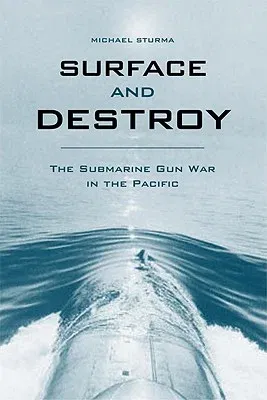The fate of the USS Flier is one of the most astonishing stories of the
Second World War. On August 13, 1944, the submarine struck a mine and
sank to the bottom of the Sulu Sea in less than one minute, leaving only
fourteen of its crew of eighty-six hands alive. After enduring eighteen
hours in the water, eight remaining survivors swam to a remote island
controlled by the Japanese. Deep behind enemy lines and without food or
drinking water, the crewmen realized that their struggle for survival
had just begun. On its first war patrol, the unlucky Flier made it from
Pearl Harbor to Midway where it ran aground on a reef. After extensive
repairs and a formal military inquiry, the Flier set out once again,
this time completing a distinguished patrol from Pearl Harbor to
Fremantle, Western Australia. Though the Flier's next mission would be
its final one, that mission is important for several reasons: the story
of the Flier's sinking illuminates the nature of World War II underwater
warfare and naval protocol and demonstrates the high degree of
cooperation that existed among submariners, coast watchers, and
guerrillas in the Philippines. The eight sailors who survived the
disaster became the first Americans of the Pacific war to escape from a
sunken submarine and return safely to the United States. Their story of
persistence and survival has all the elements of a classic World War II
tale: sudden disaster, physical deprivation, a ruthless enemy, and a
dramatic escape from behind enemy lines. In The USS Flier: Death and
Survival on a World War II Submarine, noted historian Michael Sturma
vividly recounts a harrowing story of brave men who lived to return to
the service of their country.

